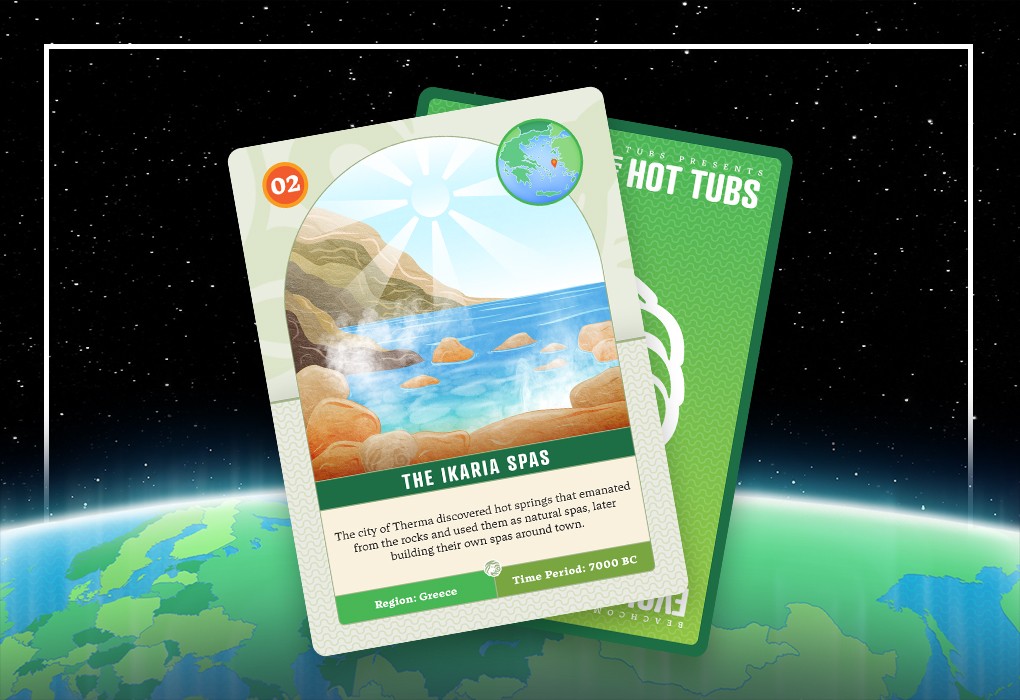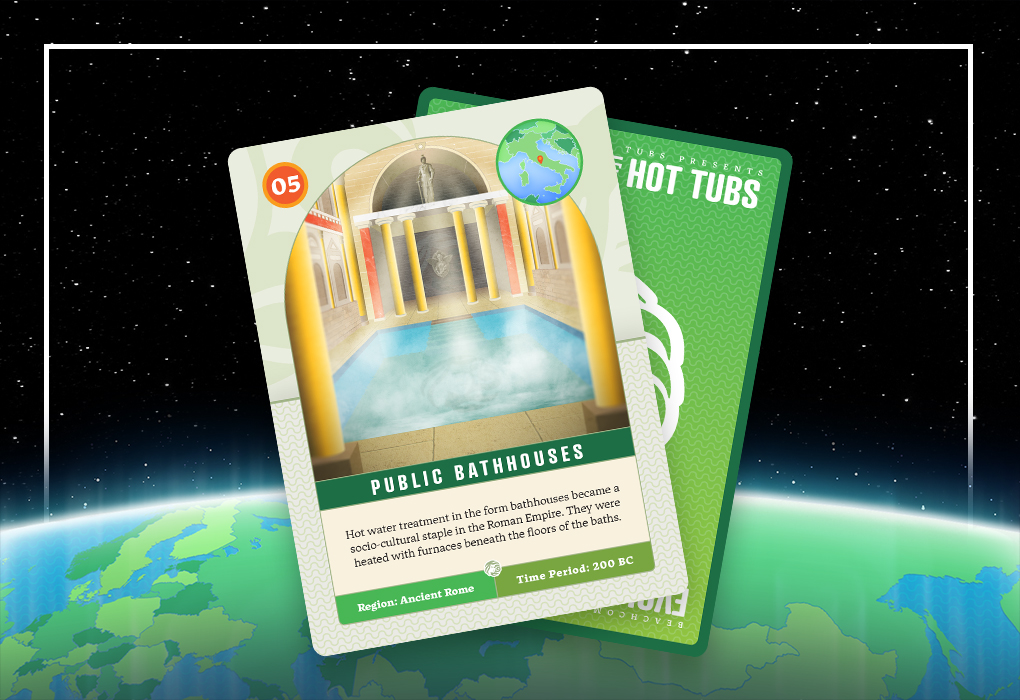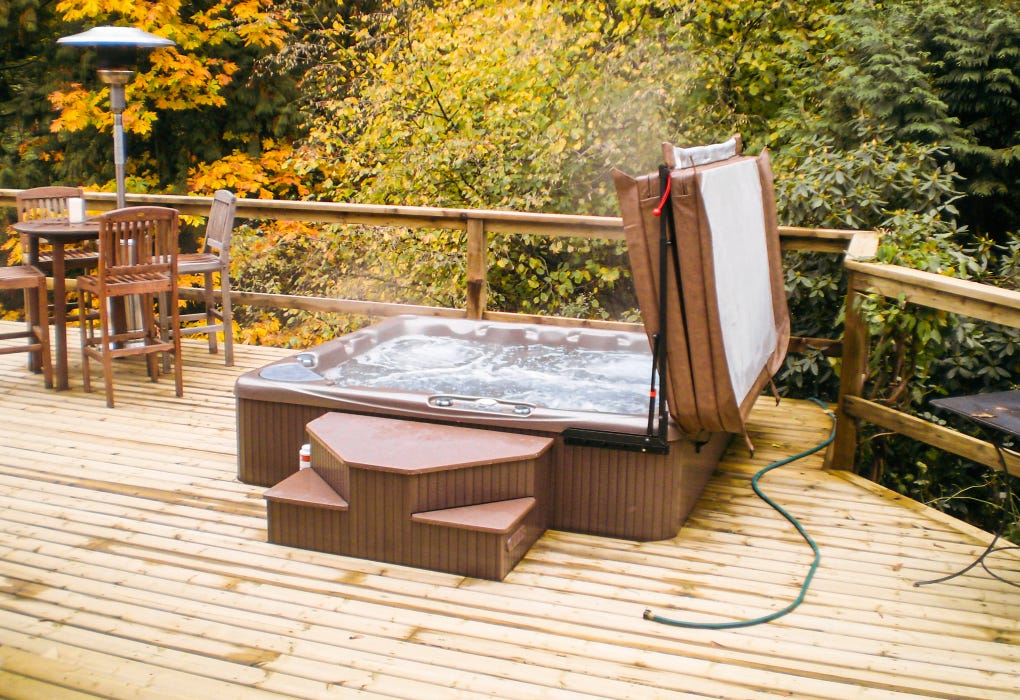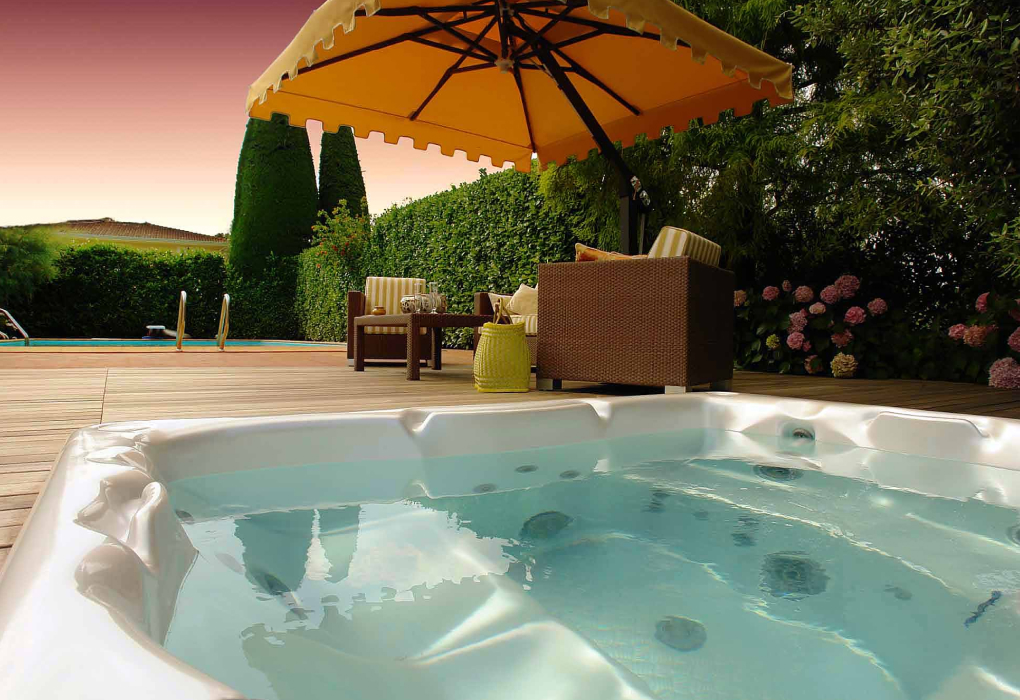Now that we understand the importance of thermal springs in prehistoric times, we can explore how they were used and developed through different stages in history. A prime example of a historic thermal spa that influenced hydrotherapy and hot tubs is found close to the Greek town of Therma.
The History
The year is 4000 B.C. and on the Greek island of Ikaria, people flocked from near and far to visit the spa town of Thermae. This area of the island boasted natural spring water heated by the magma below. When discovered, the locals put the water to great use, and news quickly spread of their existence. The benefits that people felt from bathing in the waters made it very popular for visitors.
The ruins that exist a few kilometers outside the current town of Therma can identify thermae . Archaeologists have found structures that date back to various times in history—some to 4th century B.C., while others are found to be from the Greek and Roman empires that ruled in the area at different times. Historians can also identify prehistoric aqueducts, suggesting the thermal water was used even earlier than we can read about.
So, what does Thermae in 4000 B.C. mean to the evolution of hydrotherapy and the hot tub?
The ruins that are seen in this area give us a time in history when people stopped using the thermal spas simply as a recreational activity. It points to the moment when baths and spas began to be built in these areas, encouraging people to travel and explore what they had to offer. The thermal spring became a thermal spa - somewhere people sought for rejuvenation and healing.
As time went on, it was discovered that the water in different areas around ancient Thermae had unique properties. Someone suffering with muscle aches found better comfort in one area of the spring than someone with a skin disease. As the news spread of this, more and more people began to come, and they built more structures to house the waters.
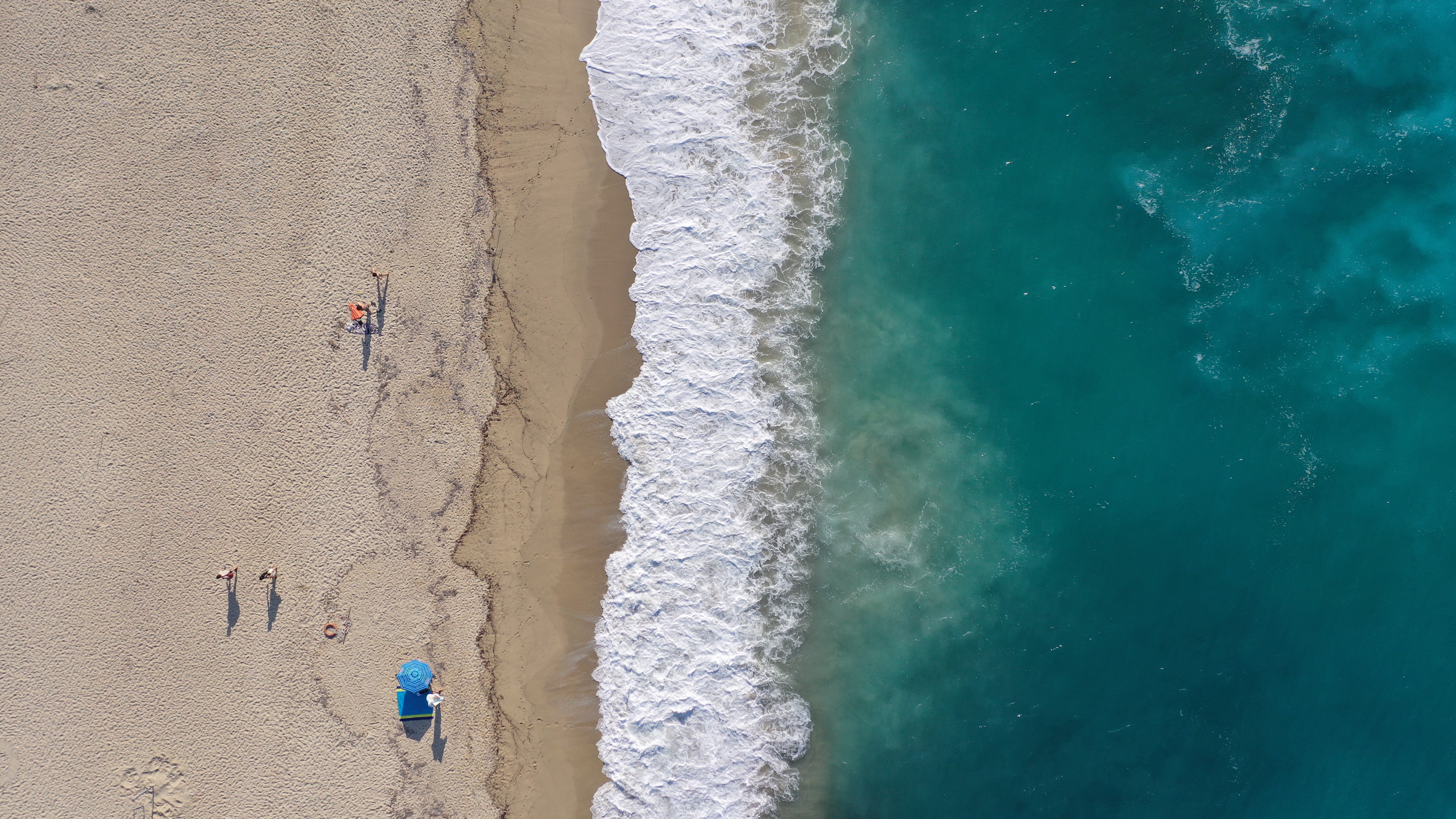
The Benefits
Did you know that the spa town of Thermae was known to cure the following:
-
Gout
-
Respiratory disease
-
Fertility issues
-
Skin ailments
-
Rheumatoid arthritis
You might have been asking why so many people travelled to this area to use these hot springs. They believed that the water properties in the area, such as the heat and radon content, made them highly beneficial to the body. By bathing in the waters, several illnesses could be improved or cured.
Others found that the hot springs were of spiritual significance. To feel closer to their spirituality, many people would use the waters to meditate or practice religious ceremonies. The tranquil waters were peaceful and calm, and the bather could absorb this and explore their spirituality.
Access to the thermal springs of Thermae wasn’t always open to everyone. For example, during the Byzantine Empire, spas were built around the springs. Once built, they were solely for the use of the royal family. During the Ottoman Empire, the springs were only open to local elders and other figures of authority. It was only in the early 20th century that the springs and their benefits were made available to the public again. To this day, the island of Ikaria boasts numerous spas and hotels that use the thermal water to attract guests from around the world.
Looking at our map, we can see that this Greek island is a small part of a long history. It is a steppingstone in the discovery of hydrotherapy, and what they discovered here influenced many more civilizations and locations around the world. It is one of the first places we can see structures that house the warm waters of thermal springs, making it a prominent moment in The Evolution of Hot Tubs.
Want to know more? Download our infographic and sign up for our newsletter be notified of the next blog post in our timeline!

